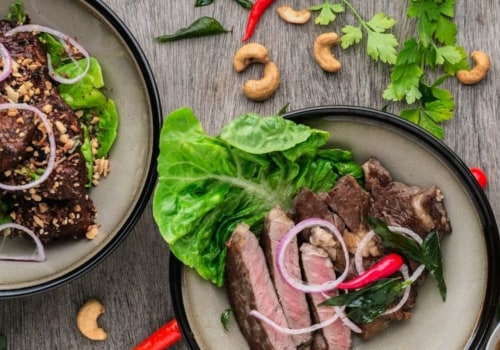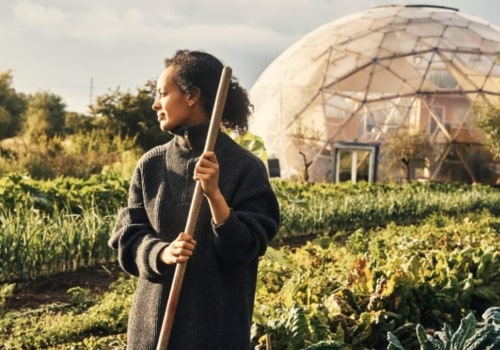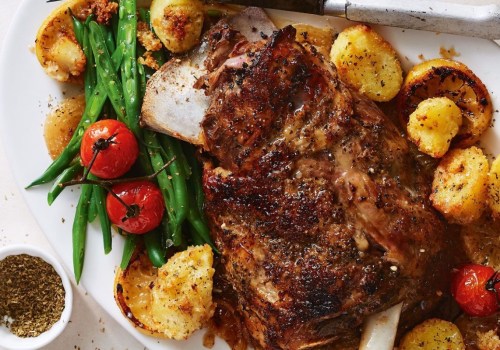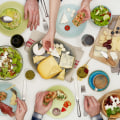The on-demand food delivery mobile app is a modern trend and the future of the food delivery industry will depend mainly on it. In fact, it has been determined that there will be a 65% increase in delivery requests. With the advent of the Internet and on-demand solutions, customers have made it possible for customers to order their favorite food from their favorite restaurants in the comfort of their homes. If you're running the food industry or restaurant business, you should take advantage of modern trends in this area that can help you climb the stairs.
Things like the development of on-demand food delivery applications and the food delivery tracking system will influence this synopsis. The food delivery market has experienced significant growth over the past five years. Led by platform-to-consumer services, such as DoorDash and Uber Eats, food delivery has expanded from takeaway food to anything, resulting in billions of dollars in potential revenue raising. Third-party delivery options may be increasing, but so is the number of restaurants and grocery stores that are abandoning third-party food delivery service providers and creating their own internal food delivery management platforms.
A good example is Giant Food, a grocery store with more than 160 stores that works with third-party food delivery provider Instacart, but insists on having its own in-house online food delivery service to maintain its brand and control over the customer experience. Rappi, based in Bogotá (Colombia), is an example of a multivertical delivery application that combines food delivery with other orders (through services such as RappiFavor or RappiCash), while Uber Eats and DoorDash have begun to explore the possibility of stacking orders as part of their food offerings. Except for major chains, most players in the restaurant industry partner with third-party food delivery service providers, which are essentially online food delivery platforms where different types of food can be ordered from many different restaurants. Comprehensive personalization helps ensure that customer preferences, such as food allergies, are taken into account at every meal and that dietary recommendations are more accurate.
Some food companies are mitigating this situation by implementing their own online food ordering platform, but then using third-party suppliers for actual delivery. To cope with the competition and save on the ever-changing needs of customers, food delivery owners must take into account the most modern trends and technological advances. So what SDKs and tools can be used in the development of on-demand food delivery applications? This is the technology needed to create a food delivery application. While the pandemic was the catalyst for the enormous growth of online food orders, food delivery services have become a de facto standard for both the grocery and restaurant industries.
It's part of a larger trend in e-commerce, in which customers demand more convenience and control over how and when they order their food.







Leave a Comment